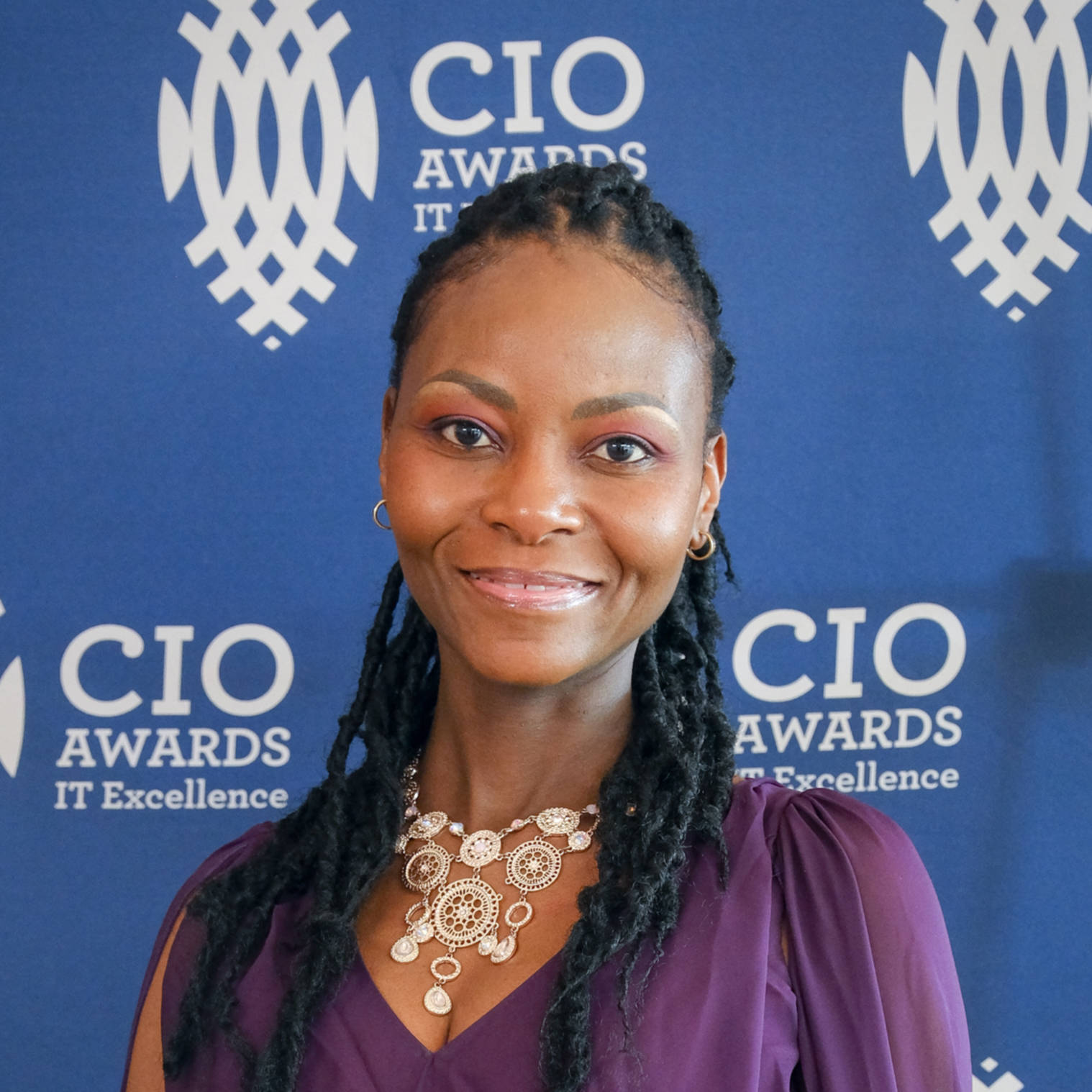HR executives take a deep dive into the importance of employee experience in hybrid work.
In this week’s Community Conversation, Microsoft South Africa HR director Sameera Mahomed and Modern Workplace and Security Group lead Colin Erasmus shared their approach to the hybrid paradox.
Microsoft's Work Trend Index, which surveys more than 30,000 people across 31 countries, reveals that 73 percent of respondents would like the flexibility they’ve experienced during this period to continue. At the same time, 67 percent say they want more in-person time with colleagues too – this is the hybrid paradox
Sameera said, “There are so many unanswered questions, but probably most important is how we lead and enable our teams, post-pandemic.”
She added that at Microsoft, the journey has entailed letting go of the deeply instilled urge to equate workspace and workplace. She says it has been an organisational shift spanning physical environment and office spaces, culture and talent as well as technology.
Sameera pointed out that as companies embrace hybrid work environments there is a renewed focus on the employee experience. “HR leaders want to empower people for a world of work that is dynamic, flexible, and engaged. They are seeking solutions for people to work not just from anywhere but at any time, with solutions that allow both synchronous and asynchronous collaboration,” she said.
Putting people at the centre
Sameera says Microsoft’s report revealed that expectations of employees have changed and there’s no going back to the pre-pandemic world. Flexibility is going to be the definition of work at Microsoft, and she adds that, “The decisions made in the next few months will affect our people, their families and our customers for years to come. It’s a moment that requires clarity. You need a plan and policies that enable extreme flexibility. These decisions will impact everything from how you shape culture to how you attract and retain talent to how you respond to changes in the environment to future innovation.”
Microsoft has embraced a three-part strategy which entails creating policy to empower people for extreme flexibility. This is followed by reimagining physical spaces and lastly, investing in technologies that connect people anywhere and anytime.
New, flexible policies take the answers to questions such as who will work remotely, who will need to come in and for how long, and codify them. Policies also provide much needed clarity and guidance to employees as they experiment.
As more people go back to physical locations, office space needs to bridge the physical and digital worlds and meet the unique needs of every team. Sameera points out that as social beings, people still want to get together, experience the energy of in-person gatherings and bounce ideas off one another.
Organisations also need to think about bridging the gap between in-person and remote experiences. What is a far more complex challenge is creating an engaging seamless experience when some people are physically together and others are joining virtually, and that is where great technology comes in.
Technology defines work experience
Colin said business leaders are grappling with the question of how to meaningfully communicate, collaborate, and connect in a hybrid environment.
He pointed out that the technology experiences that employers provide have become central in attracting and retaining new talent, fostering workplace culture, creating productivity: “They are what will define the employee experience for many workers.”
He adds that the data is clear that the way we’ve worked over the last two years is unsustainable. He points to things such as digital exhaustion and meeting overload, and that employers need to proactively engage with employees to reduce the risk of burnout.
He says leaders will benefit from understanding what is affecting employee productivity and collaboration and an employee experience platform (EXP) such as Viva Insights is a powerful tool.
He said EXPs are there to help employees get a sense of “how you’re operating and the network you’re building and how you’re spending your time, including thinking about your own wellbeing”. That might include enforcing the end of your working day with reminders now that the commute is gone.
He adds there are massive benefits to leveraging an employee experience platform that seamlessly integrates with existing tools to digitally reimagine company culture. He says if executed well, it creates opportunities to unearth knowledge and insights, create connections, secure feedback, and offer recommendations within an employee’s natural flow of work.
Both speakers agreed that team leaders are critical players throughout this journey. Sameera said, “They are at the coal face of this transition. It is important to empower them and give them the tools and skills to lead this transition.”
Palesa Ntoagae, HR director at the JSE, added, “We have embarked on a liberal stance on this, purely because the nature of the work our employees do. We have found people have been able to adopt seamlessly. The three buckets of work are centred around the technology, physical and culture enablement. While people were working from home, we spent a lot of resources re-engineering office space so it caters for team collaboration, cross divisional meetings and can now accommodate only 40% of the workforce.”












